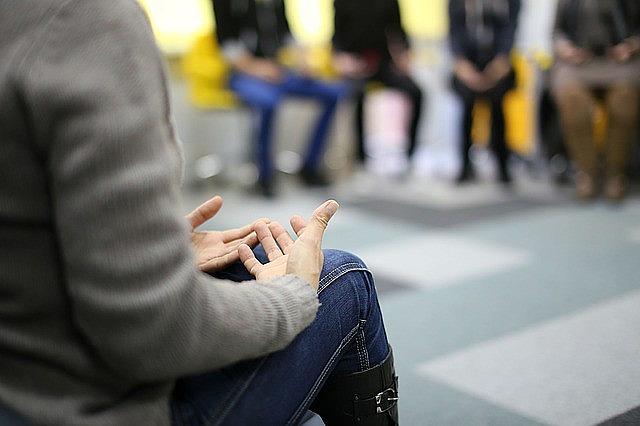How are anti-immigrant policies and rhetoric impacting mental health in LA's immigrant communities?
Reporters are often sent into an immigrant community to ask “how immigrants are feeling” when there's a new threat of mass deportations or a wave of xenophobic rhetoric that’s caught the attention of mainstream media outlets.
But members of the immigrant community feel the pressure of anti-immigrant rhetoric and policies all day, every day. So parachuting into these communities when it's editorially convenient is not an accurate representation of how they're coping with regular physical and verbal attacks against them.
This project for the 2020 California Fellowship will explore the current state of mental health in the immigrant community, predominantly Latinx, in Los Angeles. One focus will be on children. Doctors with AltaMed, one of the most trusted, low-income health networks in Southern California, are reportedly seeing high levels of toxic stress among children in the immigrant community. Dr. Sandra Pisano, director of behavioral health at AltaMed, says it can be normal to see stress in people who are still adjusting to the U.S. after migrating here. But, she says, pediatricians and social workers at AltaMed have been reporting an increase in toxic stress symptoms in children who have not migrated here themselves.
“Now we're observing that even for children who were born here and raised here and currently go to school here – they are experiencing those fears and anxieties,” she said. The fears and anxieties children are experiencing manifest themselves as sleep problems, concentration problems, and increased separation anxiety.
Teenagers growing up in immigrant families are facing a double whammy of anxiety and stress. Their generation already faces high levels of anxiety from their hyper-connectivity on social media. And many are old enough to be visible on the activist front, serving in some cases as plaintiffs in lawsuits seeking to halt Trump administration policies that would lead to the deportation of their parents, for example, or the end of the DACA program. Are there resources — even informal ones like Twitter or Facebook communities — that teenagers in the immigrant community are using to cope with this source of anxiety?
This is a guiding principle of the project – to show the ways the community is coping with the mental strain of years, even decades, of anti-immigrant policy in the United States. To accurately report the long-term effects of the mental strain on members of the immigrant community — and not just descend on the community briefly to harvest stories of panic and tragedy — I will look for the organizations that are meeting the need for increased mental health services, like AltaMed. I will ask teachers at relevant schools how they're helping their students and what resources they find useful. I will consult with members of the community to find out how relationships are reinforced in times of hardship – like between neighbors or fellow churchgoers – and how cultural traditions and habits like going to church or celebrating holidays help people cope with stress. There is also a specific cultural stigma associated with seeking mental health treatment that is changing, in large part thanks to younger generations.
I am also going to dig into the mental health care rituals of the professionals who serve this community. They're a group often overlooked: doctors, activists, community organizers, even journalists. The ones I've spoken to have all expressed that they themselves feel the mental strain of anti-immigrant policies and the rhetoric surrounding them. Oftentimes, it's because they are from the very communities they serve, and these crackdowns affect them directly.
So, how do they take care of themselves? For example, Evelyn Hernandez, an activist with TPS Alliance, is tenacious and hard-working, and tends to keep her activism and her family time separate. She says she doesn't allow herself to imagine a world where she would be torn away from her children, so she puts her nose to the grindstone and mobilizes public support for Temporary Protected Status. What can she teach us about the state of mental health in the wider immigrant community?
By using the best techniques in audio storytelling and community outreach, this radio feature produced for Making Contact will seek to create content that can serve as a topic of conversation among the immigrant community about how to safeguard and promote mental health during hard times.


